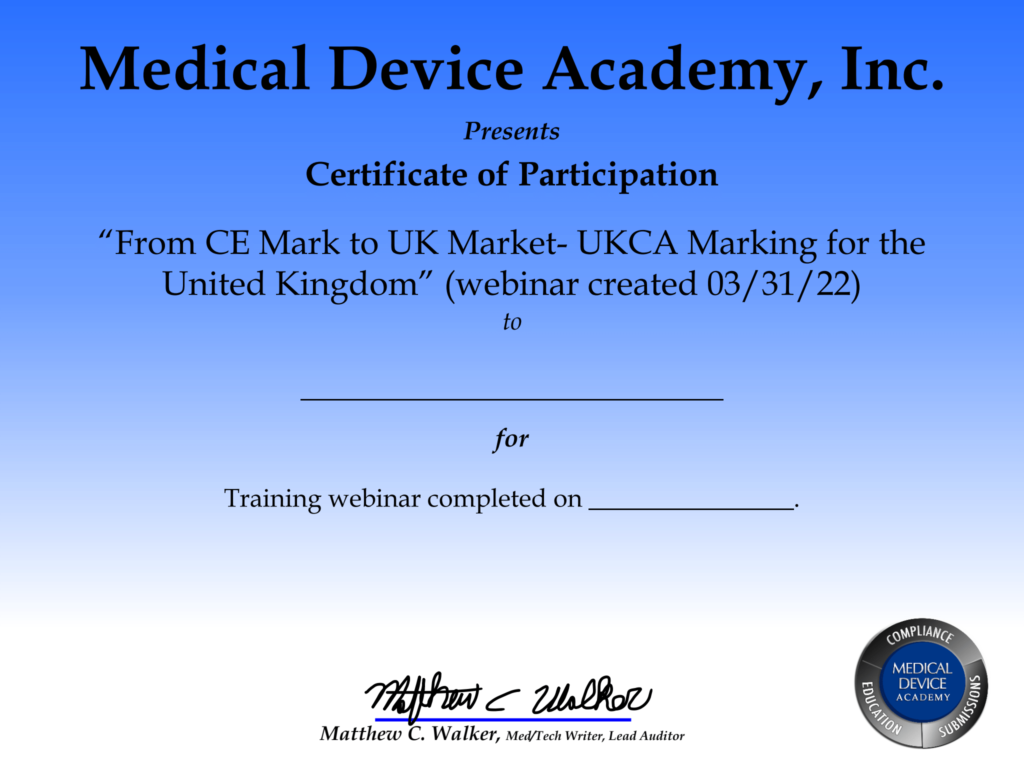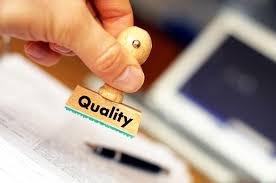Stage 2 Audit – How to Prepare (Part 1 of 2)
This blog teaches you how to prepare for a stage 2 audit on your pathway to ISO 13485 certification, and this blog is part 1 of 2.
Stage 2 Audit
If you are not sure what ISO 13485 is, please consider our 2-part training webinar on the topic. Health Canada requires ISO 13485 certification as a requirement for all Medical Device License Applications, and most companies choose ISO 13485 certification as their method for demonstrating conformity to the requirements of the European Medical Device Regulations (MDR)–instead of a special MDD audit.
To achieve ISO 13485 certification, you must successfully complete a Stage 1 and Stage 2 certification audit with your chosen certification body. If you are interested in an overview of this certification process, you can download Medical Device Academy’s white paper on this topic, or you can watch a webinar we recorded recently on 6 steps to ISO 13485 Certification.
Management Processes are covered during the Stage 1 and Stage 2 audit
The Stage 1 audit is typically a one-day audit where the auditor is evaluating your readiness for the Stage 2 audit. The auditor will review your Quality Manual, and your procedures (19 are required) to ensure compliance with ISO 13485. Also, the auditor will sample records from critical processes to assess your readiness for the Stage 2 audit. Typically, these processes will be:
- Management Review
- CAPA
- Internal Auditing
After you complete the Stage 1 audit, you may have a few nonconformities identified by the auditor. Responding to these nonconformities is the first step in preparing for your Stage 2 certification audit. You need to initiate a CAPA for each of the auditor’s findings and begin implementation before the Stage 2 audit. Typically, you will have about six weeks to implement these actions. This is not usually enough time to complete your CAPAs because you need more time before you can verify the effectiveness of corrective actions.
Preparing CAPA Records is critical for your Stage 2 audit
In preparation for your Stage 2 audit, prepare for the auditor to review any CAPAs that you completed since the Stage 1 audit–especially if you have evidence of completing an effectiveness check. You may think this is unnecessary because the auditor previously reviewed CAPAs during Stage 1. However, you probably received a nonconformity related to your CAPA process (almost everyone does), and you should expect auditors to review your CAPA process during every audit.
 Each CAPA record you present should be provided in a separate folder as a paper, hardcopy. The paper, hardcopy makes it easier for the auditor to review. The folder should include documentation of the investigation, a concise statement of the root cause, and copies of records for all corrections and corrective actions implemented. Corrective actions include procedure revisions and training records. If there is a quantitative measurement of effectiveness, include a graph of current progress with the record. Ideally, the graph will be one of your quality objectives. The graph to the right is an example.
Each CAPA record you present should be provided in a separate folder as a paper, hardcopy. The paper, hardcopy makes it easier for the auditor to review. The folder should include documentation of the investigation, a concise statement of the root cause, and copies of records for all corrections and corrective actions implemented. Corrective actions include procedure revisions and training records. If there is a quantitative measurement of effectiveness, include a graph of current progress with the record. Ideally, the graph will be one of your quality objectives. The graph to the right is an example.
Production Process Controls will get the auditor out of the conference room
Every company has at least some production and process controls implemented before the Stage 2 certification audit. Most auditors and inspectors spend too much time in conference rooms reviewing paperwork and too little time interviewing people that are performing work. However, many companies also outsource production activities. Therefore, unless you have a software product, you can expect your auditor to review incoming inspection activities. The auditor is also likely to review the finished device inspection, storage, and distribution. If the auditor is thorough, they will also follow the trail from inspection activities to calibration activities, nonconforming materials, and data analysis.
Design Controls
If your company is a contract manufacturer, then you probably are excluding design controls (ISO 13485, Section 7.3) from the scope of your Quality System. However, if you are a manufacturer that performs design and development, then it is an element of the quality system that warrants special attention. During the Stage 1 certification audit, the auditor reviewed only your Design Control procedure. During Stage 2, the auditor will look for evidence of implementing design controls. Therefore, even if your company has not completed your first design project, the auditor will still want to see some evidence of implementation. The auditor will expect at least one design plan to be written, and at least one design review should be completed.
If you are familiar with the FDA Quality System Inspection Technique (QSIT) process for inspection, you might have noticed that this blog is divided into the same subsections identified in the QSIT Manual.
Stage 2 Audit – How to Prepare (Part 1 of 2) Read More »













